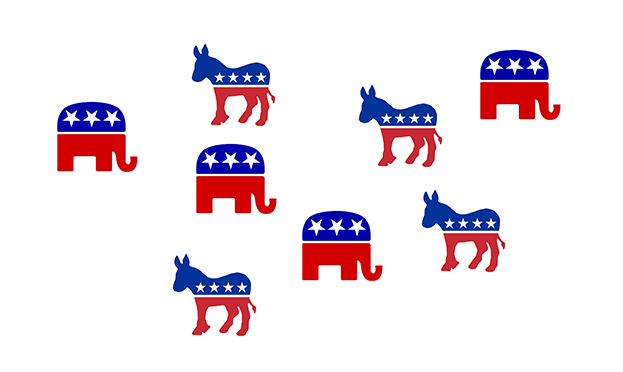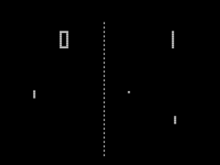
Product design is a careful balance between building accommodations for different users and hoping users would compensate for aspects of design that are not well-suited to them. The power of good design is to know where this balance is located. It’s impossible to accommodate everyone. A chair that is the most comfortable sitting for one person might not work for another at all (some people are short, some are tall, some are wide, some are narrow, some have back problems…). And even a beloved chair only works for in some situations for some particular time in our lives — the rocking chair that we used to read to our kids when they were little… I talk about a chair because we can all relate: my “homework” chair, my “lucky” stool, my “lazy afternoon” stoop, my “theater” lounge, my “reading” nook, my “power” throne… It’s easy to see how my reading nook would be different from your reading divan or surfing seat. I can come up with compensations: I can add pillows or use the little knobs to adjust the hight. But the more things I have to do to make the sitting arrangement more comfortable, the less likely I’m to…



